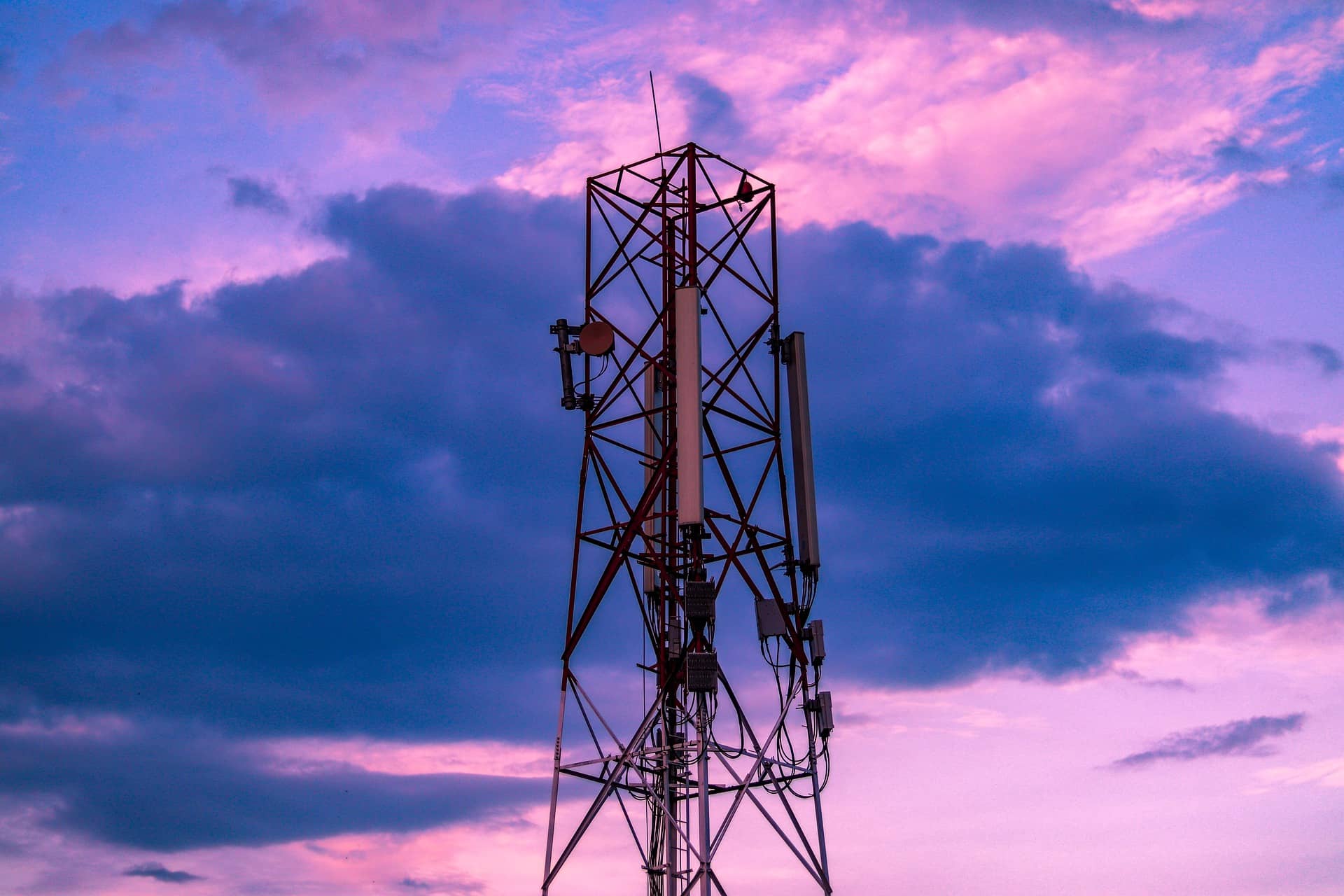
The private network concept isn’t waiting for 5G, as Nokia and AT&T Mexico have just shown by deploying what they call the first industrial-grade LTE private network in a maritime terminal in the country.
The network, deployed at the APM Terminals terminal in Puerto Progreso, Yucatan, uses the Nokia Digital Automation Cloud (DAC) platform. It is powered by AT&T Mexico, which has added Nokia’s flagship enterprise capabilities, focusing on private networks capabilities, to its private cellular networks solutions.
The network will, says Nokia, provide broadband connectivity, lower latency and greater network predictability in piers and yards, adding that it will reliably and securely connect hundreds of workers, sensors, equipment and vehicles across an area of 11.5 hectares.
Described as a high-performance, end-to-end private wireless network and edge computing platform designed to meet the mission-critical needs of asset-intensive industries, Nokia DAC provides industrial-grade wireless connectivity for the new APM Terminals Yucatán virtualized terminal operation system. However, it will also enable future use cases such as remote and autonomous crane operations within the piers and yards, as well as new capabilities.
Nokia explains that APM Terminals can now expand its digitalization and automation vision enabled by robust, reliable and flexible private LTE networks built on licensed spectrum.
APM Terminals Yucatán is the only container terminal in Puerto Progreso, a deepwater port and a key logistics location for the Yucatán peninsula and south-eastern Mexico.





